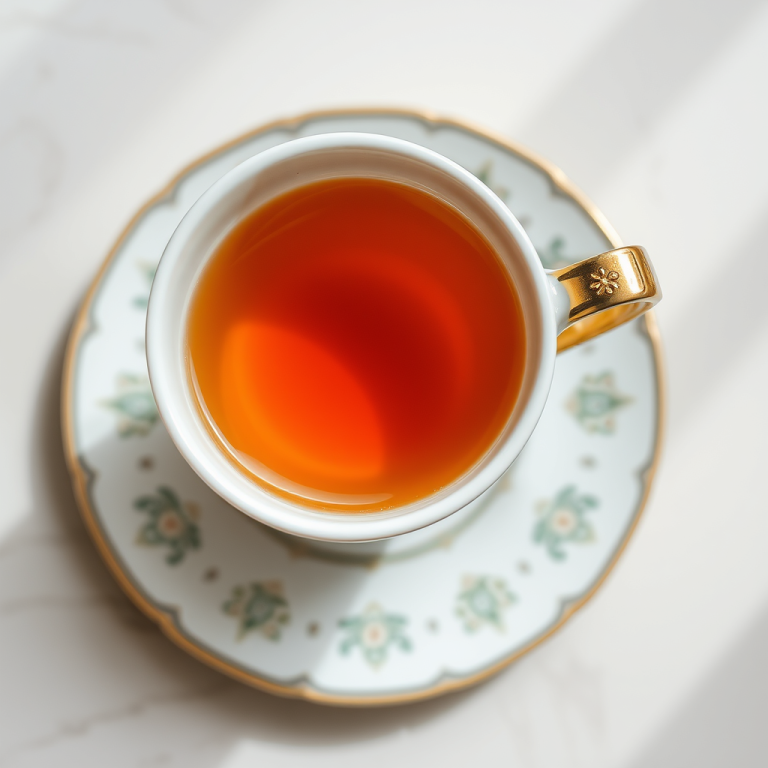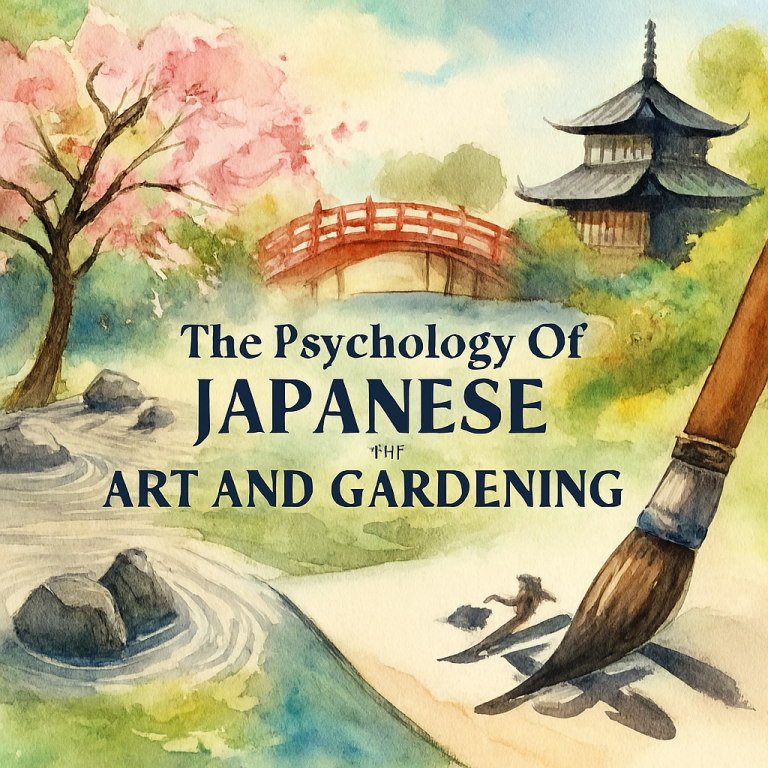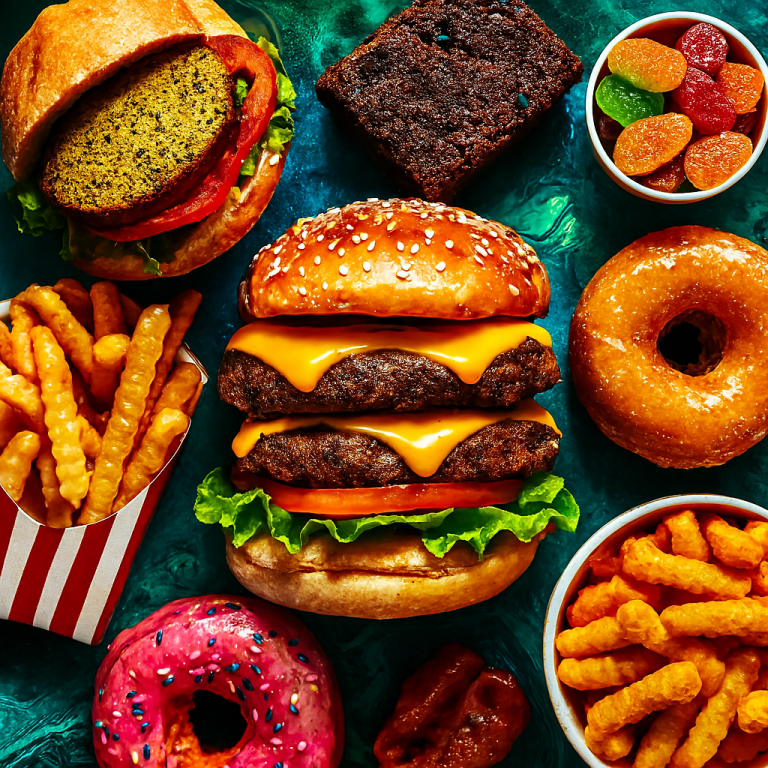
The Psychological Need for Art in the Future
The Psychology of Owning Artworks
Why Collecting Art Matters
Art has captivated human beings for centuries—whether displayed in grand museums, personal collections, or even digital spaces. But beyond admiration, what motivates individuals to own artworks? The psychology of art ownership reveals deep emotional, intellectual, and social connections between people and their collections. Whether driven by investment, identity, or pure appreciation, collecting art influences human behavior in ways that extend far beyond aesthetics.
The Emotional Connection to Art
Why Art Evokes Strong Feelings
Art triggers emotional responses through color, composition, and symbolism. Whether calming landscapes, bold abstract pieces, or thought-provoking portraits, artworks resonate with personal experiences and feelings, making ownership deeply meaningful.
Art as a Reflection of Personal Identity
Many collectors view art as an extension of themselves. Choosing specific pieces—whether classic or contemporary—reflects personal values, memories, or aspirations, making ownership a statement of individuality.

The Psychological Thrill of Collecting
The Desire for Ownership and Exclusivity
Psychology suggests that rarity increases value. Limited-edition artworks or one-of-a-kind pieces create a sense of exclusivity, making collectors feel a special connection to their acquisitions.
How Collecting Art Stimulates the Brain
Research shows that acquiring new items activates the brain’s reward system. The process of selecting, purchasing, and displaying art provides a sense of accomplishment, fueling motivation and personal satisfaction.
Art as a Social and Status Symbol
The Influence of Prestige and Cultural Value
Owning artworks—especially high-profile or renowned pieces—can signal social status and cultural awareness. Art collectors often use their collections to showcase refinement, taste, and wealth.
Art in Networking and Community Building
Art ownership fosters social connections, as collectors engage in galleries, auctions, and exhibitions. Sharing and discussing art strengthens relationships, leading to collaborations and intellectual discourse.
The Investment Side of Owning Art
Financial Appreciation and Collectible Value
While many collect art for passion, others see it as a strategic investment. Fine art appreciates over time, making it an asset that combines financial growth with cultural significance.
The Psychological Comfort in Tangible Investments
Unlike stocks or digital assets, owning physical art provides emotional security. The ability to see, touch, and display artwork offers a sense of permanence and stability in uncertain economic times.

The Role of Art in Mental Health and Well-Being
How Art Ownership Boosts Mental Health
Studies show that engaging with art—whether viewing, collecting, or creating—reduces stress and enhances emotional well-being. Owning art provides a sense of comfort, relaxation, and personal joy.
The Therapeutic Benefits of Surrounding Yourself with Art
Curating art that resonates emotionally can create a soothing atmosphere at home or in workspaces. This contributes to mindfulness, mental clarity, and an overall sense of happiness.
The Psychological Attachment to Certain Art Styles
Why Some People Gravitate Toward Certain Types of Art
Art preferences are often tied to individual personalities and life experiences. Bold, abstract pieces may attract expressive and unconventional thinkers, while serene landscapes might appeal to those seeking calm and reflection.
Symbolism and the Deeper Meaning Behind Art Choices
The subconscious influence of color, form, and theme plays a role in how collectors choose art. Each piece may carry symbolic meaning, whether reflecting hidden desires, childhood nostalgia, or cultural ties.
The Science Behind Art and Dopamine Release
How Art Sparks Pleasure in the Brain
Viewing and owning art stimulates the brain’s pleasure centers, releasing dopamine—the neurotransmitter associated with happiness and reward. This explains why collectors often feel excitement when acquiring new works.
The Brain’s Response to Aesthetic Beauty
Neurological studies suggest that experiencing visual beauty—including art—activates the same brain regions as love and happiness. This deep connection explains why people feel profound emotional attachment to artwork.

Digital Art and the Changing Landscape of Ownership
The Rise of NFTs and Digital Collectibles
With blockchain technology, art ownership has evolved beyond physical pieces. Digital artworks and NFTs (Non-Fungible Tokens) allow collectors to invest in unique digital creations, changing traditional notions of ownership.
How Digital Art Challenges Traditional Collecting
Unlike tangible artworks, digital art exists in virtual spaces, raising questions about permanence and emotional connection. Yet, many collectors find value in digital exclusivity and innovation.
The Future of Art Collecting – Where Are We Headed?
How Technology Is Reshaping Art Ownership
AI-generated art, immersive virtual galleries, and digital personalization are redefining the way collectors engage with artworks. The intersection of art and technology continues to expand possibilities.
The Psychological Need for Art in the Future
No matter how art evolves, human beings will always seek emotional and intellectual connections through creative expression. Whether through physical paintings, digital collectibles, or interactive installations, the psychology of art ownership will remain a fundamental part of culture.
Conclusion
Owning artworks is more than just possession—it’s an experience shaped by emotion, psychology, and social influences. Whether collectors seek personal enjoyment, status, or financial gain, the act of acquiring art enhances identity and fosters meaningful connections. Understanding the psychology behind art ownership deepens appreciation for why people invest their time, money, and passion into collecting beautiful and thought-provoking pieces.
Join the Conversation
What does art ownership mean to you?







7 thoughts on “Magical Psychology Of Art Owning And Why Collecting Matters”